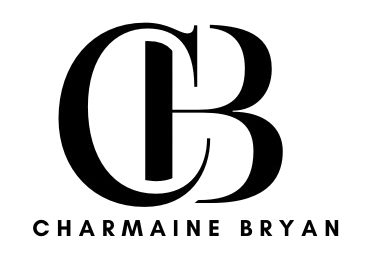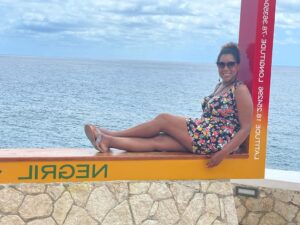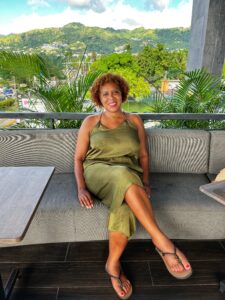(Recorded from a Facebook Live)
Are you confused by the different levels of business dress? Not sure what the difference is between tailored or smart business casual. I know many people are often left wondering what level of business casual they should be adopting when they are at work. They may be working at a company where the dress code is not clear and could lead to misinterpretation and turn up to work in the wrong attire. I will be demystifying exactly what is traditional business and the three levels of business casual.
Traditional Business Attire is authoritative. You would dress at this level If you are going to most job interviews, attending corporate meetings, delivering formal presentations, handling wealth and negotiating with major clients.
Men would wear a full suit with a structured jacket and matching pants, a dress shirt and tie. Women wear a full suit with structured jacket with matching pants or skirt, a blouse or tailored shirt.
Fabrics are natural fibres or microfibers, are plain, finely textured or subtly patterned in traditional muted tones. Accessories are classic, understated and finely detailed.
The three levels of business casual are:
- Tailored Business Casual
- Smart Business Casual
- Relaxed Business Casual
Tailored Business Casual
- If you have moderate authority, you wear tailored business casual
- Staff dressing up to meet with management and clients in semi-casual environments
- At this level a tailored jacket is key
- Worn with a contrasting pair of pants or skirt for a two tone look
- A dress shirt and tie, open collared shirt, blouse, polo shirt can be worn
Fabrics
- are fine
- knits, cotton, linen
- patterns are slightly bolder compared to traditional attire
Smart Business Casual
- This is the category that most organizations adopt
- On a day to day in the office
- Onsite consulting work
- Quality look for IT staff
This level is much more flexible in colours, fabrics and accessories.
Men wear:
- Collared shirts (including mock turtlenecks and full turtlenecks)
- Traditional dark colours consisting of a dress shirt and a tie, worn with wool pants and fine accessories
- Brightly coloured short sleeve, knitted polo shirt with cotton pants and thick soled shoes
For women there are many choices, which also means more opportunities to make mistakes.
- If you want to stand out wear a collared shirt
- If you would like more presence layer you outfit in three pieces
- If you are wearing a pair of pants and knit top, add a cardigan, unstructured jacket or scarf to give you a more polished appearance
Relaxed Business Casual
- Usually worn by people in IT, the arts and the trades
- Fabrics and colours can be combined in innovative ways
- Accessories are heavier and more textured
- Demin, t-shirt, sleeveless tops, tank tops, strapless tops, shorts, fleece, running shoes and casual sandals are acceptable
What dress code does your organization adopt? Are you surprised by what attire falls under any of the categories?
Would you like to know more about levels of dress and how to maximise your professional image? Attend my workshop on December 9 in Toronto. Register by December 2 and use promo code: professionalimage to get $40 off the ticket http://bit.ly/maximizeimage. I would love to see you there!



